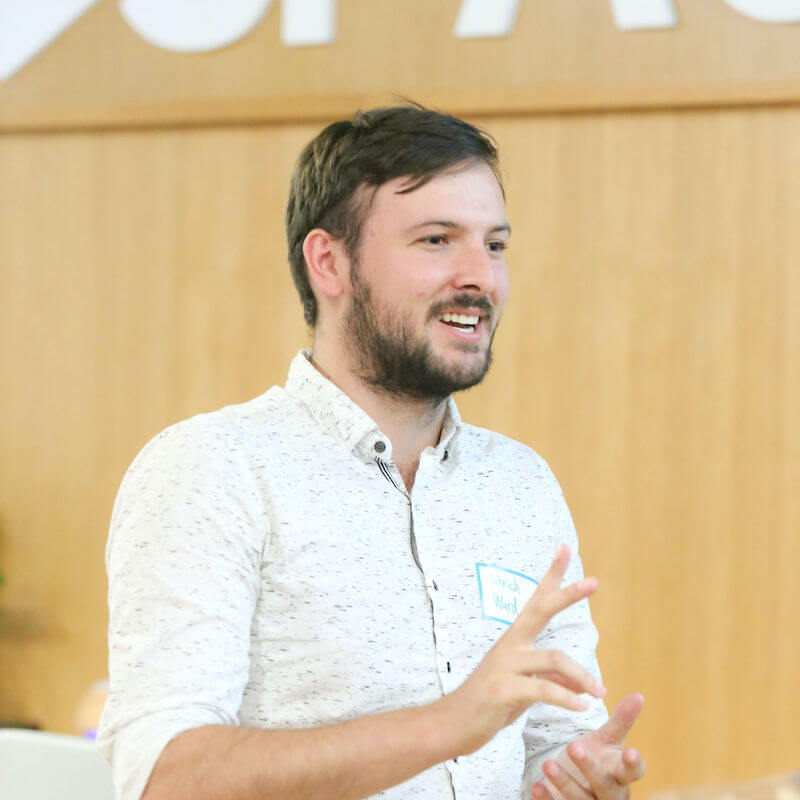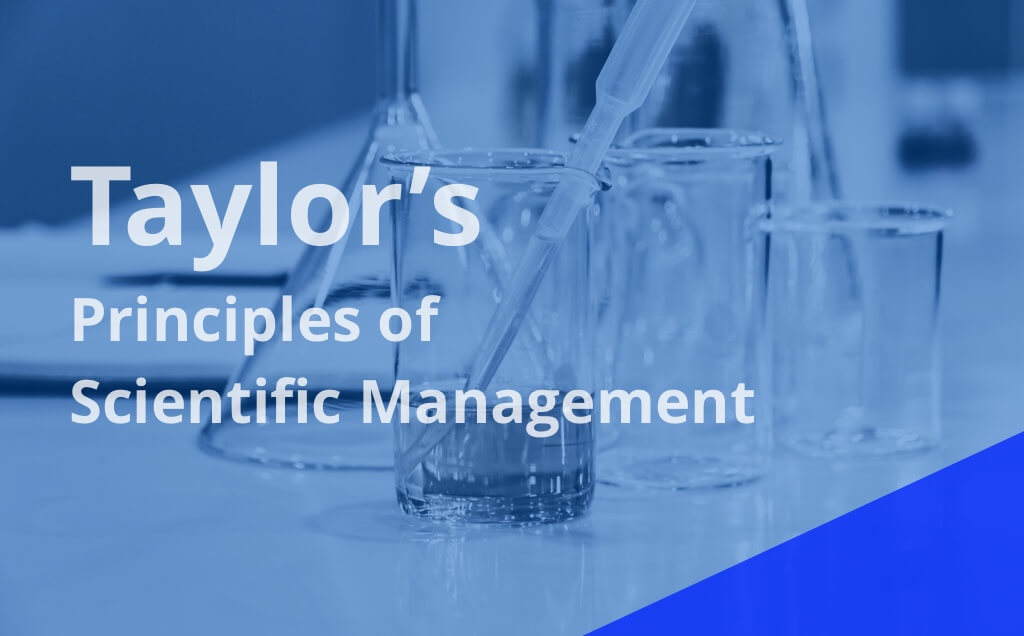Business Definition of “SaaS”
The acronym “SaaS” stands for “Software as a Service”. SaaS is a web-based model of software licensing and delivery in which centrally hosted data and services can be accessed from nearly any device with an internet connection and browser.
How is “SaaS” pronounced?
SaaS is spelled out letter-by-letter when pronounced out loud: Sass. The pronunciation of “SaaS” is the same as the word “sass,” meaning “to be cheeky or rude.”
Where you’ll hear the term
The term Software as a Service is commonly used among software, business, and technology professionals. In those contexts it would be a commonly used term that would be expected to be understood and appropriately incorporated into business discussions.
However, is it not as commonly used among members of the public, especially those less familiar with online systems. Terms such as “on-demand software” or “online software” may be more common with day-to-day SaaS users.
What are some examples of SaaS businesses?
Some examples of SaaS businesses are Netflix, Skype, Adobe, MailChimp, Microsoft 365, Tinder and Salesforce.
SaaS is also common as a solution to business processes like cataloguing receipts managing international payroll.
What Does “SaaS” Mean?
Utilizing a third-party provider to host applications, Software as a Service makes software and data available to customers online, often for a subscription. SaaS can allow either public access or private access and only users with the required credentials are authorized access to the application. This model is often less expensive than traditional models of software access, which require purchase and installation of software on individual computers.
SaaS business models have become particularly popular thanks to the rise of cloud computing, which has normalized the practice of storing files and running software remotely over the internet rather than locally on a user-owned device.
Consumers are mostly familiar with consumer-facing SaaS companies like TurboTax. However, some of the largest SaaS companies are in the B2B market, such as MailChimp, Zapier, or Netlify.
SaaS businesses are partly defined by the recurring nature of the payment method. So long as some form of “software” is being provided “as a service” to a customer in exchange for a monthly fee, that software product is a “SaaS app.” However, a web-based software interface used to purchase advertising on a network of websites would not be considered “SaaS” because the payment is for ad exposure, not for the function of that software. Therefore, that would be considered an “advertising business.”
As a result of its flexibility, innovation and affordability, SaaS is emerging as one of the most popular forms of cloud computing. SaaS simplifies the process of acquiring and using popular software platforms for both businesses and individuals. This is made possible by removing the need to purchase, install and run applications on personal computers, obtain specialized hardware, renew licensing, and plan for ongoing maintenance. Instead, SaaS users can simply pay a subscription fee to enjoy the benefits of access to the application.
Though Software as a Service applications can vary widely, they often share some defining traits. For example, external hosting on the internet enables easy, and frequent, application updates. Since the application has only one configuration, and it is the central provider who initiates updates, accelerated delivery of new features and upgrades is common in the SaaS model. These applications are still customizable by the user within parameters, however, based on predetermined configuration options. This allows the external host to keep the software continually up-to-date while providing users the ability to modify look and feel to align with their needs.
Another feature that characterizes SaaS, that is uncommon with traditional software options, is the ability to access only particular levels of service, or specific service features. This can include, for instance, service packages that are pre-scaled to the service population or needs of the user. This is referred to as vertical scalability. Furthermore, SaaS is often a subscription-based service, with pricing options made available for single users or multiple users who can use the program simultaneously (in the latter case, the cost per user is priced as “seats”).
Usage Example
Netflix is a popular Software as a Service (SaaS), bringing a mix of original and licensed video entertainment content to users for a monthly fee.
What are the key metrics for a SaaS company?
SaaS companies have their work cut out for them. Occupying a niche in which rapid growth and continual updates are minimum expectations for success, and in which new competition emerges every day, it is hard for SaaS companies to find longevity. Research indicates that if a Software as a Service company grows at 60% each year (a accomplishment many other businesses would celebrate), its chances of surpassing $1 billion in revenue, the benchmark of SaaS success, is still only 50%.
Measuring the success of an SaaS is important to predicting the long-term viability of the product. However, the most important indicators may vary a bit depending on the SaaS. A SaaS like Linkedin clearly intends to remain viable for users throughout their careers. On the other hand, the producer of mass consumption online games may seek only to capitalize rapidly on emerging trends, then pivot quickly to other game ideas in the short-term.
While the most important success indicators may vary a bit depending on the SaaS, some important measurements include:
- Customer Retention (or Customer Churn): this measurement gauges how much business is retained, or lost, in a particular duration of time. This is one of the most important success metrics for any business, but is critically important for SaaS businesses, which operate in a highly competitive market.
- Renewal Rate: This is another crucially important measurement for SaaS businesses, given that they typically operate on a subscription model. How often customers renew membership will help with financial and long-term viability modeling.
- Customer Satisfaction: This is a necessary indicator for any business, but in a marketplace in which numerous alternatives exist to almost any product, and in which innovation and growth are necessary for survival, understanding customer satisfaction is key.
- Customer Lifetime Value: this measures the average amount of money that customers pay during their engagement with a company. This can be a particularly important measurement for SaaS businesses that sell add-on components – for example, online games that are no cost for basic play, but sell additional features or customizations - sometimes called “freemium” content. For businesses with models dependent upon “hooking” users with free or low-cost introductions, with the intention of drawing them into supplemental purchases, this measurement can mean life or death.
- Revenue Churn: this measurement evaluates lost revenue and is tied to customer retention / churn, though it may have different implications based on the pricing model of the business. For a business in which all subscribers pay the same fee, it may correlate almost exactly to customer churn. However, in a business in which some subscribers pay more, it may have immediate implications beyond the number of customers lost / retained.
- Customer Acquisition Cost (CAC): this indicator reveals how much it costs to acquire new customers. This measurement is especially informative for determining marketing costs and establishing cost for services.
- Customer Engagement Score: understanding customer engagement is central to transforming a causal user into a life-long customer, and to understanding why customers churn. Even for SaaS businesses, like trendy gaming apps, that may not plan to offer a product long-term, understanding how customers enjoy, and use, products can help inform other business choices.
SaaS Software vs Traditional Software
SaaS and traditional software products are different in many ways, but the biggest difference is where the product is hosted. With traditional software, the software is purchased and installed (hosted) on local devices or servers. With SaaS, the hosting is in the cloud (remote device or server). The local user accesses the software functionality over the internet, rather than hosting the code on their computer.
The other big difference between SaaS and traditional software is the licensing and payment structure. With traditional software, there is a large one-time payment for handing over the software via digital download, CD, or other method of installing the software locally. With SaaS, the customer usually pays a monthly fee to “lease” access to the software over the internet. The SaaS business maintains the servers and releases updates continually. In traditional software, releases are added more rarely, and customers may be required to pay a licensing fee to access a new version of the software, which is substantially updated from the previous release.
Some software products may bend the line between “SaaS” and “traditional” pricing models. For example, Sketch, a popular UI design app for Mac, charges a one-time fee to download, but periodically requires a smaller one-time payment to access new versions.
Annual billing is also common with SaaS apps, often provided as a net-cheaper alternative to monthly billing. Ulysses, a niche writing application for blogging in Markdown format, charges an annual fee of $40 or a monthly fee of $5.
What are some characteristics of SaaS companies?
Software as a Service businesses can vary significantly, and can include large, familiar companies, such as Microsoft, to newer players on the scene, like content solution tool BuzzSumo. That said, SaaS businesses often share some characteristics, such as external hosting on the internet which eliminates the need for the user to purchase specific licensure or hardware to support the program or application. This external hosting also allows for accelerated delivery of new features and upgrades, which are one of the hallmarks of the SaaS model.
The product offered by SaaS businesses is often a fully complete package that emphasize convenience and ease-of-use over broad modifiability. SaaS applications can still be customized based on predetermined configuration options, but modifications typically focus on look and feel, not configuration.
Furthermore, SaaS is often a subscription-based service, with pricing options made available for single or multiple users, such as Netflicks accounts. This model often increases the affordability of SaaS applications for general users, compared to purchasing and licensing software packages.
One shortcoming of SaaS applications is that they often require a reliable internet connection to enjoy the full spectrum of services. For example, TurboTax online provides functions that are best utilized with smart devices that can upload images. Those without reliable internet access, such as those in rural locations, may struggle with the functionality of the phone application, but could still benefit from the TurboTax disc option.
Overall, Software as a Service is becoming an increasingly popular means for consumers to access traditional, and cutting-edge, online content. With increased access to broadband wireless, the proliferation of SaaS applications and services will likely only increase for consumers, driving down technology costs for many users, and opening opportunities for innovation.
Origin of the term “SaaS”
While the term Software as a Service was first filed for trademark in the 1980’s, it didn’t emerge in common usage until recently. The now-popular acronym “SaaS” was first documented as used by John Koenig at the 2005 Software as a Service Conference and has become increasingly used by industry professionals.
Still commonly referred to outside of the business and technology sectors as “on-demand software,” or “hosted software,“ SaaS has also been referred to as “software plus services” by Microsoft.
 Patrick Ward
Patrick Ward 
